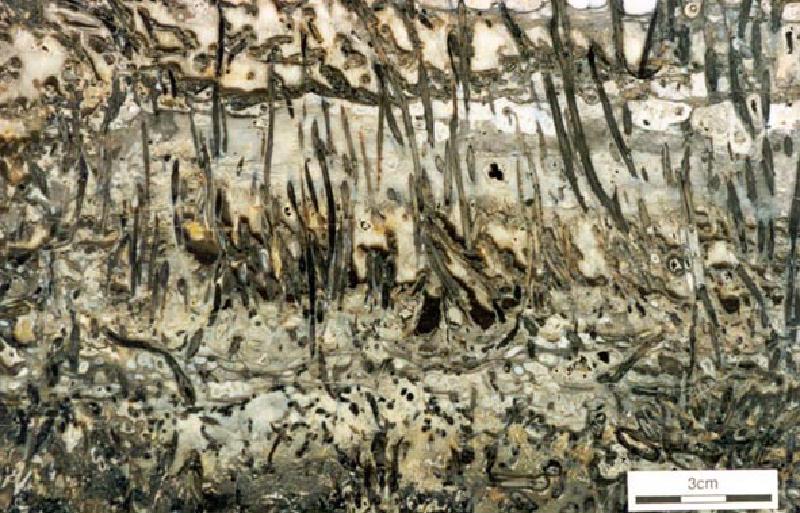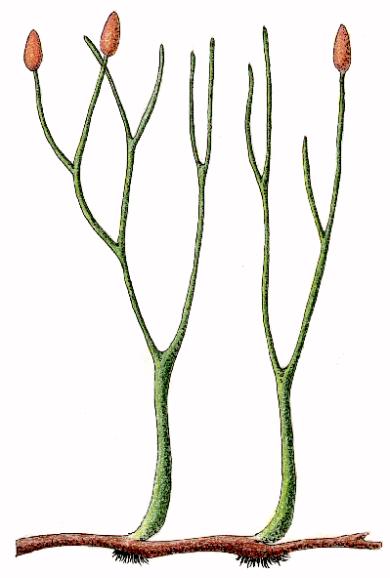Hello and welcome to your Daily Fun Fact From Flora **
to Wednesday’s What Was the World Doing Ages and Ages Ago
So let’s see where we are in our calendar year
We saw life begin on the 25th February.
Photosynthesis started on the 28thMarch.
Multicellular organisms appeared on the 16th August.
Sexual reproduction came about on the 17thSeptember.
Fungi starting being funky on the 15thNovember.
Fish came onto the scene on the 20thNovember.
And today we see the origin of land plants on the 22ndNovember.
Rather amazingly we can see whole complex terrestrial ecosystems evolving in some volcanic systems 407 million years ago. This is because the volcanoes produce waters very rich in silica explosively and periodically. This essentially preserves the whole ecosystem in situ.
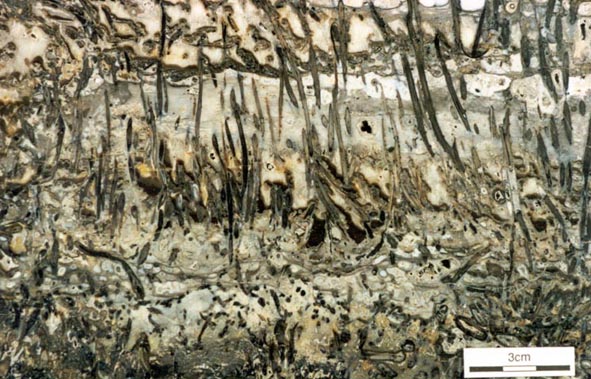
These Rhynie chert plants were leaflessand had naked shoots (gasp). They did have a vascular system (but not all land plants do!!) — remember those good ol" xylem and phloem? They had no true roots.
INSTEAD they had horizontal growthswith little, shallow, filamentous things called rhizoids.
Now there were many challenges for these poor little land plants to overcome.
UV radiation
If you live underwater you are largely protected from UV radiation. If you live on land — not so much. And we all know that too much UV is bad for you and has the potential to do all kinds of DNA and protein damage. Not ideal.
SO what did they do?! I hear you cry.
They evolved the ability to turn certain primary metabolites (your amino acids and sugars) into secondary products (your alkaloids and aromatic compounds) that had UV protective qualities. Accumulating these in the leaves made sure that they stayed safe.
Better than suncream I"ll tell you that for sure.
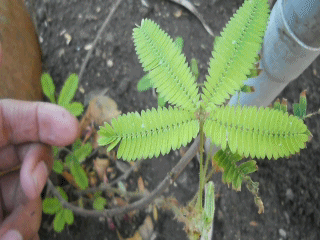
LAND IS REALLY DRY.

If you are plant that has lived your whole life underwater that is going to be a bit of a shock. The structures that you need to let CO2 in and out will also let water out… and that water is going to leave A WHOLE LOT FASTER than the CO2 is coming in.
This led to some good waterproofing traits like the cuticle. This is a waxy layerthat is pretty much impermeable, trapping water inside (and outside like this picture) and also reducing microbial attack.
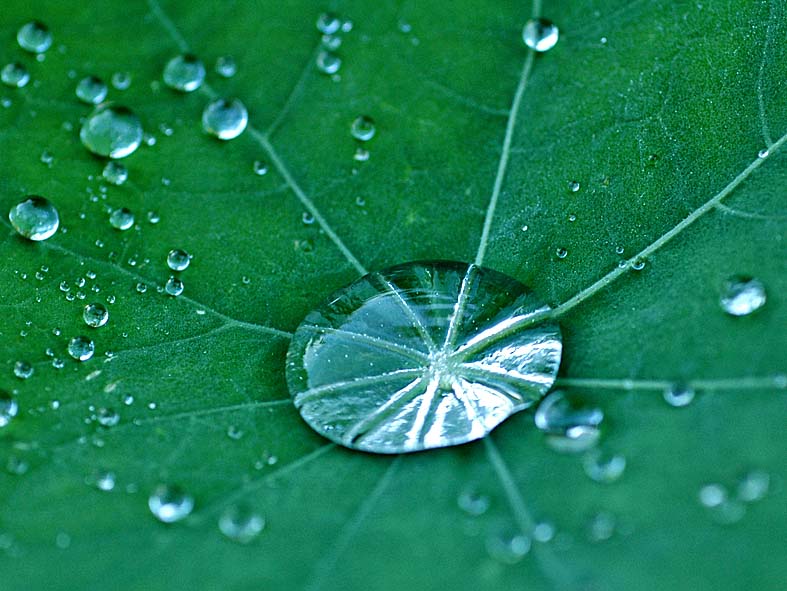
They also evolved some handy structures called stomata that can open and close to control the rates at which gases are coming in and out of the plant. This is what they look like close up.
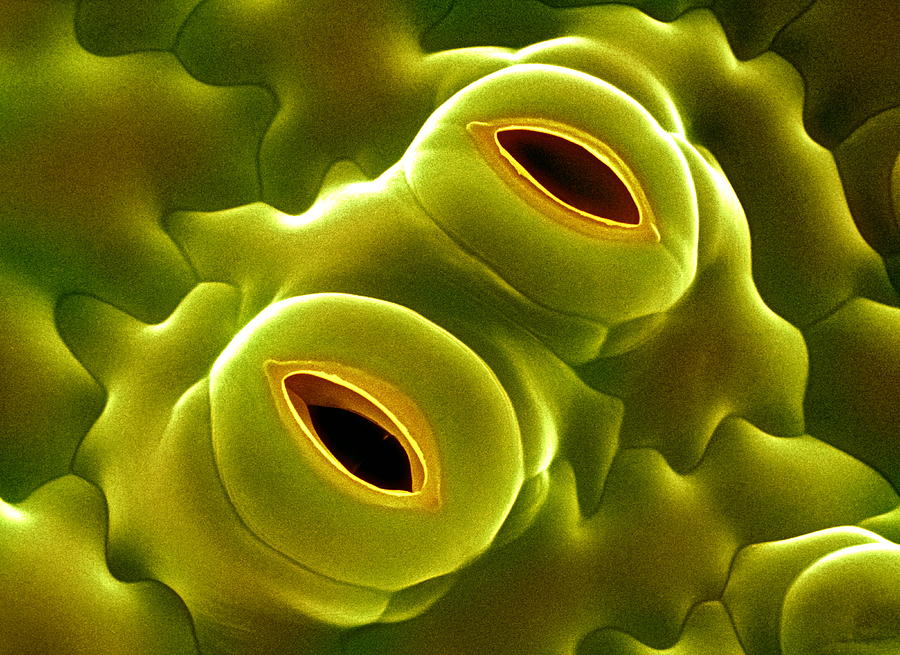
Another bloody nightmare. Trying to get water to the top of you is SO DIFFICULT, especially when you used to be bathed in the stuff.
But here on land it is also super helpful to be tall because it means you get the sunlight that all the plants want.
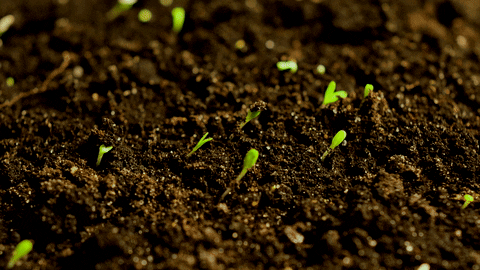
This meant that the walls of the xylem were reinforced with lignin to make them stronger. This allowed water to get all the way to the top of the plant.
Important to note! Not all land plants evolved vascular systems — like mosses but they can’t exactly grow very tall can they.
Roots were also pretty useful here as they stopped the now tall plants from falling over. Whilst also allowing for more nutrients to be extracted from the soil.
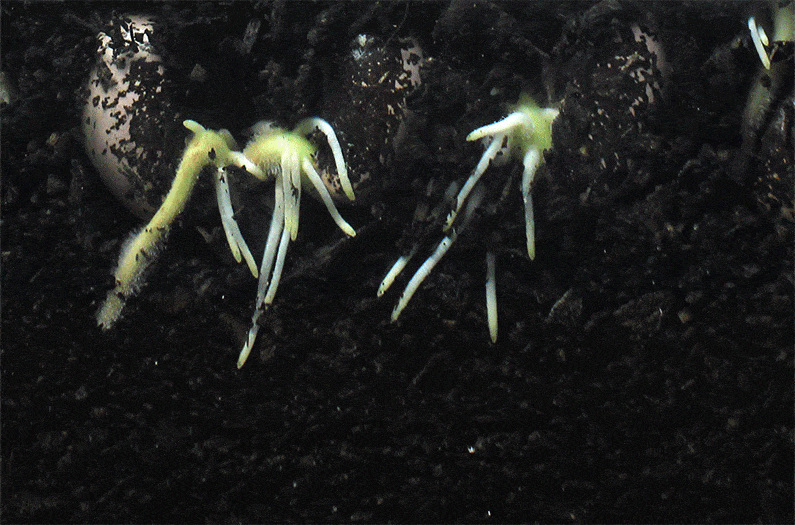
By about 375 million years ago plants had root-like structures that reached almost a metre down into the soil.
And look how well plants have done since overcoming all of these tricksome problems.
Blows the mind.
I"m gonna love you and leafyou,
Flora xxx
